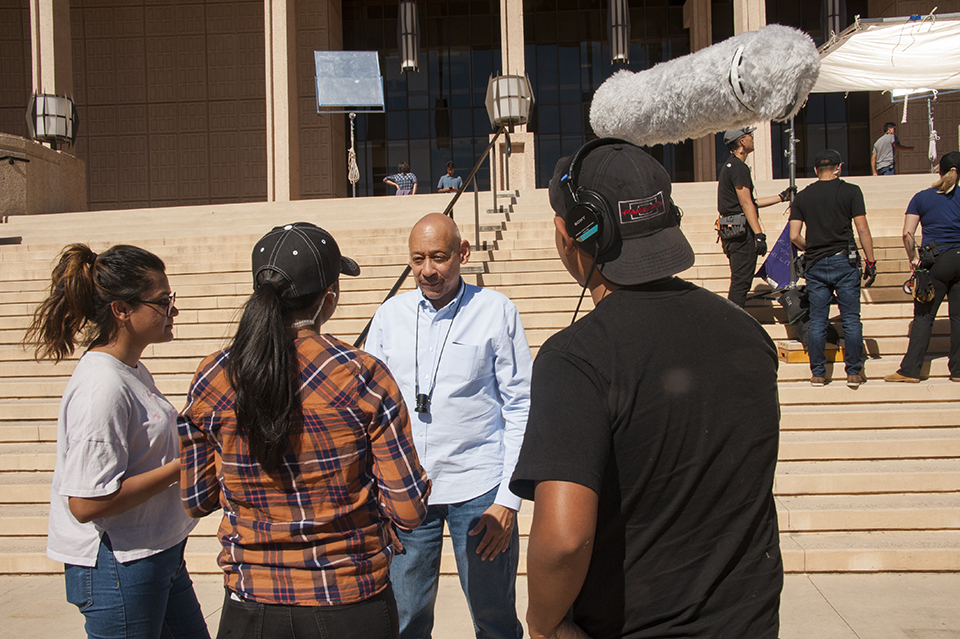As the future of the Hollywood film industry remains uncertain, filled with both challenges and opportunities, the viability of a movie theater has also come into focus as streaming and shorter release windows have raised concerns about its survival.
Once a sure money maker, the COVID-19 pandemic, labor strikes and the rise of AI have battered the movie industry in ways no one could have foreseen in such a brief period. One of the most obvious changes has been in how consumers choose when and where they watch a film, putting the movie theater in a precarious position as more people are choosing to either wait out or skip a movie all together.
“Many things changed in the last five years as the COVID-19 pandemic affected our daily habits, including going to the movie theatres,” said California State University, Northridge film professor Nate Thomas. “While there still is a place for theaters, it’s not going back to how it was.”
Since 2019, the number of total screens in the U.S. have decreased by about 3,000, to just under 40,000. This was due to consolidation, a direct result of the COVID-19 pandemic, which shut down theaters for months and triggered a surge in films landing on streaming subscriptions and shortening the film release window, Thomas said. This has led to some theatres closing, while others are still trying to find their footing as the movie industry recoups.
Coupled with a few box-office disappointments and production delays due to the 2023 Hollywood strikes, “it’s not a surprise that people haven’t returned to the movies like they used to,” said Thomas, who heads the film production option in CSUN’s Department of Cinema and Television Arts.
Watching movies through Netflix with friends became a trend during the pandemic, and many movie theaters closed because customers preferred watching movies at home, a trend that isn’t going away anytime soon, Thomas said.
“Box office revenue is still below pre-pandemic levels,” Thomas said. “While it’s still unclear whether it will ever fully rebound as viewing habits shift, movie theatres aren’t going away anytime soon.”
What is still drawing the public to physical movie theatres are films they cannot get anywhere else and the desire to experience them in a format that is hard to replicate at home, he added. That is where blockbusters come in, he continued, emphasizing that people want to see highly anticipated films with exceptional special effects on a massive screen and big stars.
“Action, animation and superhero movies are still a draw on the big screen, while other genres like comedy and drama are seeing better success on streaming platforms and niche draft houses, Thomas said. “While there may be less theaters today than five years ago, you may not need as many theaters like we did before.”
There is still a need for a communal watching experience that “watching on your couch will never replace,” Thomas said, despite recent pushes from streaming services to push newly released films onto their platforms.
“Movie theaters are not yet on the verge of extinction,” he said. “But to survive, they’ll need to adapt to consumer changes. People find in art what they’re lacking in their lives, and I think movies can still support that notion if these studios listen to audiences.”
Like this:
Like Loading...
Related





 Tweet This
Tweet This Facebook
Facebook Digg This
Digg This Bookmark
Bookmark Stumble
Stumble RSS
RSS
































REAL NAMES ONLY: All posters must use their real individual or business name. This applies equally to Twitter account holders who use a nickname.
0 Comments
You can be the first one to leave a comment.